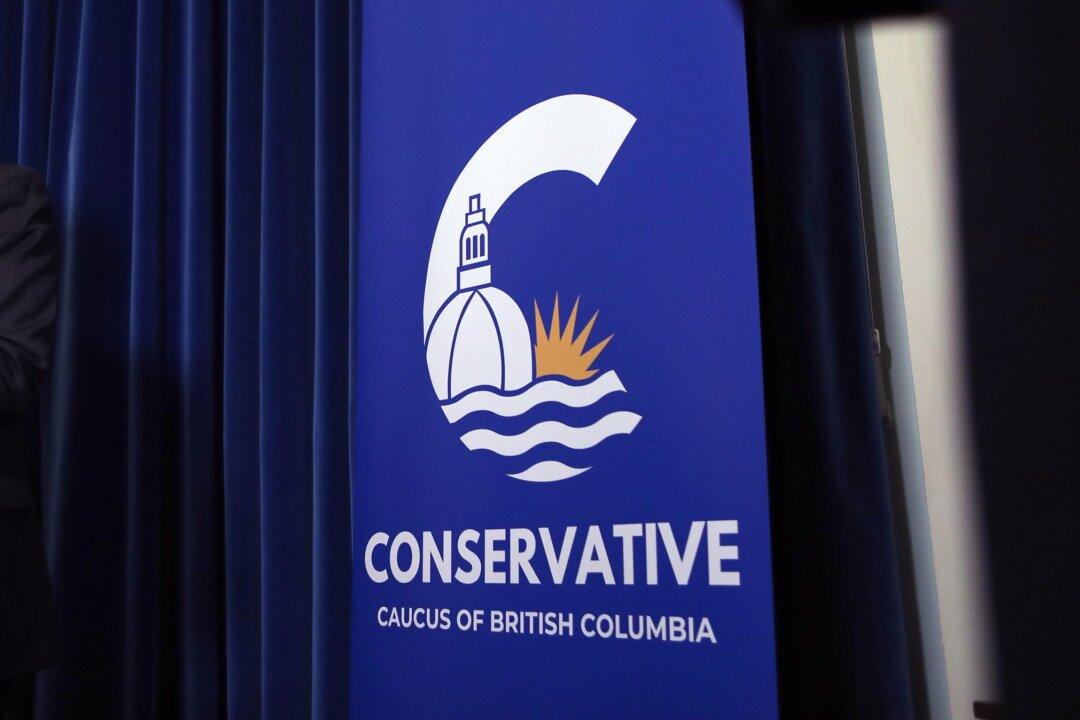People have more access to information than any time in human history and it’s literally at their fingertips. They are also being exposed to more misinformation than ever as well.
The role of sifting through a constant barrage of breaking events to provide citizens with a concise and accurate summation of it should fall to media outlets. However, many media sources have been failing in that task and people are losing trust. This is a dangerous trend in tumultuous times as citizens try to make informed decisions in polarized elections.
A degree of bias in media outlets is nothing new. Newspapers were always known for leaning editorially, as were radio and television stations. But the outlets retained trust because they maintained stringent controls to ensure the news and opinion sections were kept separate and were easy to identify. Today, the line between news and opinion has become blurred and if citizens can’t tell which is which, they lose trust and tune out.
Media providers don’t have the resources they used to. Newspapers have been disappearing, and those remaining are mere pamphlets compared to what they once were. Large city newspapers that used to employ hundreds of writers now employ dozens as revenues from classified ads disappeared and conventional advertising shrank. Television and radio stations are cutting to the bone as the eyes and ears of people are drawn to streaming services. With the outlets having such a small pool of people creating content, their bias is showing through more acutely, leading to more mistrust among consumers. It’s a downward spiral.
New, independent media organizations have been springing up but it’s difficult for people to ascertain which are providing solid content. A talented person can create a website that appears to be a large and principled organization when it’s just a one-man outfit with a political agenda. Other, larger startups may have excellent content but be poorly organized and presented online and fail to draw audiences and revenue. Some great new outlets are developing and rising to the top of the heap, but the transition takes time and the market is cluttered.
The temptation to fall into sensationalism rather than news reporting is hard to resist. With the ability to immediately measure which stories draw clicks and which don’t, media outlets have been inadvertently training themselves to focus on the outrageous while neglecting to cover dry but important issues. They don’t have the resources to effectively cover both.
The new world of media must be allowed to develop organically. People will vote with their eyes and ears to gravitate toward outlets they trust. Subscription services rather than government subsidies foster that kind of business development. People are smarter than governments give them credit for and they will parse out the unreliable sources of information over time. People want reliable information and are willing to pay to subscribe to outlets to get it. We never thought twice about paying to have a newspaper delivered, and people will get used to paying a little each month for trusted media sources.
Canada is entering an election year and it will be tough for people to gauge if they are getting accurate coverage or not.
Given time and with open competition, media outlets will evolve and provide principled news coverage to citizens. They will only be able to evolve to do this with less government involvement in the industry, though, not more.







